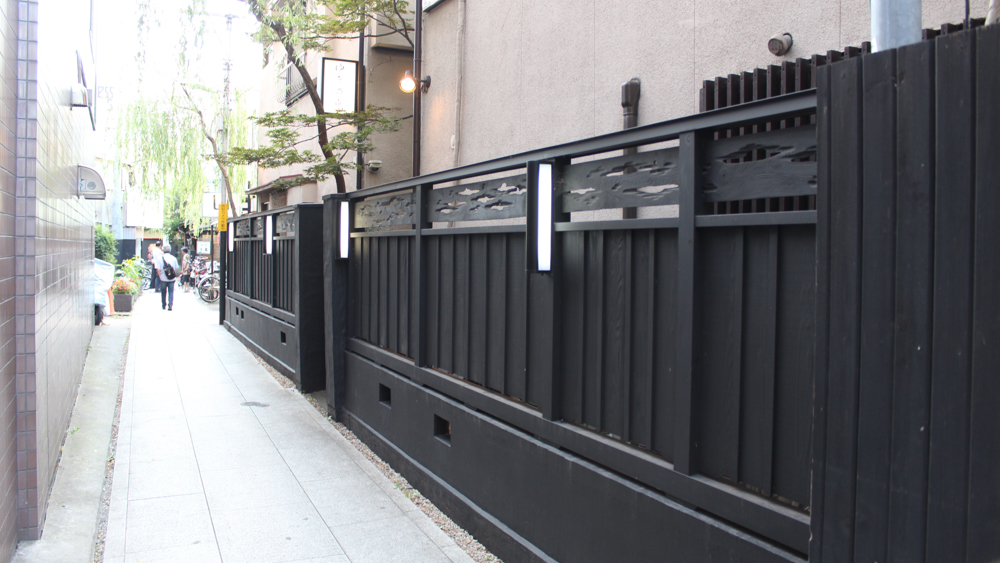八王子車人形
八王子市の古くから伝わる伝統文化として人形劇「八王子車人形」があります。
車人形の歴史は古く、山岸柳吉(1825年生)により、江戸時代末期に考案されました。
車人形の特徴は「一人で一体の人形を操る」「底に車のついた小箱に腰掛けながら演技する」こととなっており、他ではあまり見ることのできない特殊な人形劇です。
小箱には前に2つ、後方に1つの合計3つの車輪を持ち、これにより前後の移動や回転運動を自在に行えます。
車人形の足は棒で人形遣いのつま先と繋がっており、自らの両足で車人形の足を操作します。
人形の足が直接舞台を踏むことが出来るので,力強い演技やリズミカルでテンポの速い演目を行うことも
できます。
車人形は一時は東京市中でも人気を集めましたが、映画の登場とともに衰退し、多摩地方の郷土伝統芸能としてひっそりと受け継がれました。
現在、西川古柳座では箱車の軸受けにボールベアリングを導入するなど数々の工夫を行い、落語やバレエなどとのコラボレーション公演や海外公演も行われています。
八王子芸妓
JR八王子駅北口から北西に伸びる「西放射線ユーロード」を5分ほど歩いた中町公園周辺の路地を入ったところに風情ある黒塀通りがあります。
織物の街として、繁栄した八王子には全国の商人が織物を買い付けに来たときの社交場としての料亭ができ、接待のための宴会の席などで、歌・踊りなどでお客を楽しませる芸者衆が集まりました。
「八王子花街・黒塀通り」には現在でも芸者衆を抱える置屋が数軒あり、八王子の伝統文化を守っています。
八王子芸妓衆は繊維業とともに、徐々に衰退しはじめましたが、伝統の火を絶やさぬよう、日々稽古に励み、「八王子まつり」などの地域の行事やイベントにも積極的に参加し、日々精進した芸を披露しています。
2015年にはNHKにて八王子の八王子花柳界・芸者衆を題材にしたドラマ「東京ウエストサイド物語」も放送され、八王子の芸者衆は全国にも知られるようになりました。
置屋をいきなり訪れても芸者衆をお願いすることはできませんが、「黒塀通り」では八王子の歴史を感じることのできる美しい町並みを楽しむことができます。




